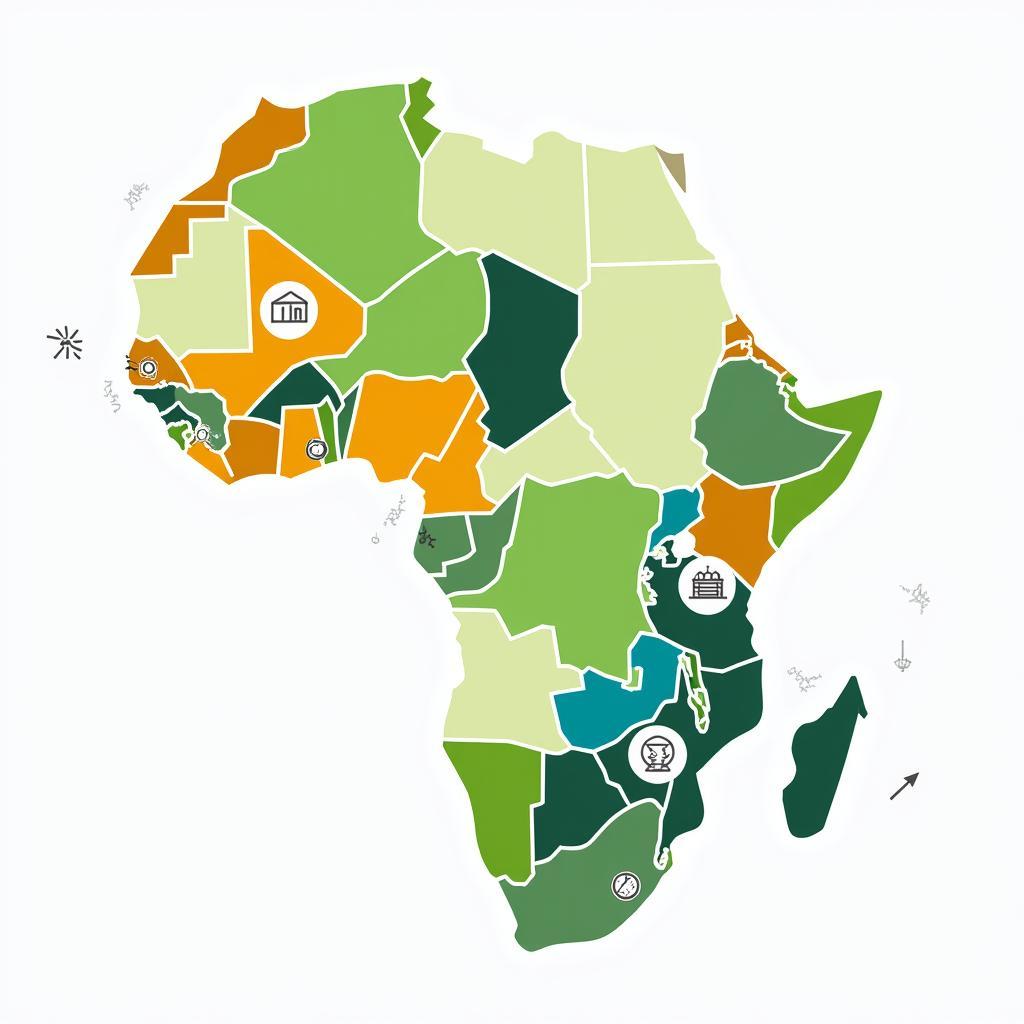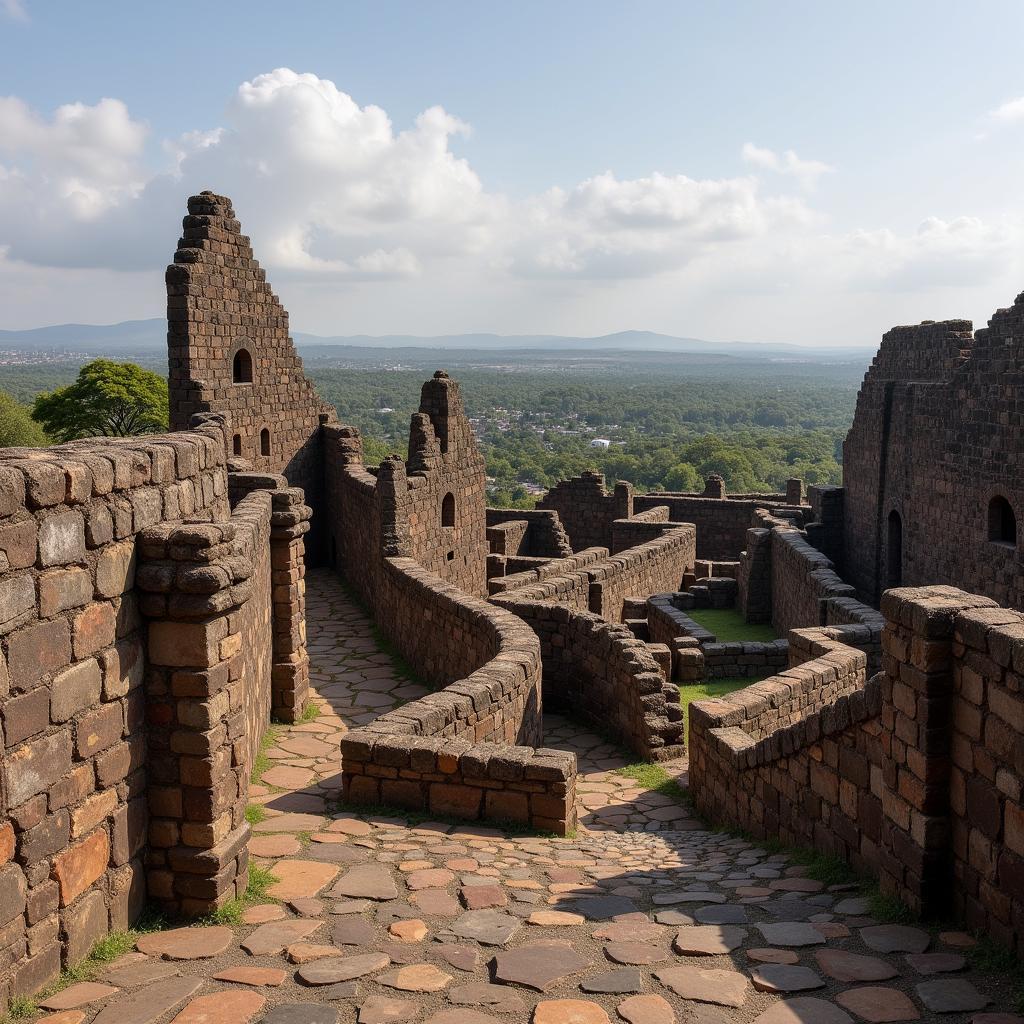Why Are Some South Africans White? Understanding the History and Complexity
The presence of a large white population in South Africa is a question that often arises, particularly for those unfamiliar with the country’s complex history. Understanding the reasons behind this demographic requires delving into the intertwined stories of colonialism, migration, and the unique social fabric of South Africa.
Colonial Influence and Settler Communities:
South Africa’s history is deeply entwined with European colonialism, starting with the arrival of the Dutch East India Company in the 17th century. The Dutch, known as the “Boers” (farmers), established settlements in the Cape region, laying the foundation for a distinct white population. As they moved inland, conflict with indigenous groups, particularly the Xhosa people, became a defining feature of the colonial period.
British Expansion and the Anglo-Boer Wars:
The British, with their own ambitions for expansion, eventually challenged Dutch dominance. The 18th century saw the Cape Colony falling under British control, leading to the arrival of more British settlers. This rivalry escalated into two major wars: the First Anglo-Boer War (1880-1881) and the Second Anglo-Boer War (1899-1902). These conflicts had a profound impact on the racial dynamics of the region.
The Rise of Apartheid and its Legacy:
After the Boer Wars, South Africa became a self-governing dominion within the British Empire. In 1948, the National Party came to power, establishing the infamous apartheid regime. This system enforced racial segregation and discrimination against the Black African majority, while granting privileges to the white population.
Beyond Colonialism: Migration and Diversity:
While colonialism played a crucial role in shaping the white South African demographic, it’s important to remember that the story is more nuanced. European migration continued after the establishment of the Union of South Africa in 1910. In addition, various cultural groups contributed to the South African population, such as the Portuguese and Indians, adding further complexity to the racial and ethnic makeup of the nation.
A Legacy of Inequality and Reconciliation:
The apartheid era left a lasting legacy of inequality and social division. The dismantling of apartheid in 1994 marked a significant turning point, opening the door to a new era of democracy and equality. However, the country continues to grapple with the deep-seated consequences of the past, including ongoing racial tensions, socioeconomic disparities, and the need for sustained reconciliation.
Understanding the Present: Beyond Simple Explanations
It’s crucial to resist simplistic explanations when exploring the reasons for the presence of white South Africans. Attributing it solely to colonialism or migration overlooks the intricate interplay of history, societal structures, and ongoing societal challenges. To understand the current situation, it’s essential to acknowledge the historical context, embrace the diversity of experiences, and recognize the complexities of racial and ethnic identities in South Africa.
Why are there so many white people in South Africa?
It’s a multi-layered question that can be answered by understanding the combination of:
- Colonialism: The Dutch and British colonization of South Africa, starting in the 17th century, resulted in the establishment of settler communities.
- Migration: Ongoing European migration throughout history, including after the establishment of the Union of South Africa, further contributed to the white population.
- Apartheid: This system of racial segregation and discrimination, which lasted for decades, perpetuated the dominance of the white population.
It’s important to note that:
- South Africa has a diverse population, with people of various origins and backgrounds.
- The presence of a white population is a product of historical events, not a reflection of inherent superiority or dominance.
- The country is actively working towards a more equitable and inclusive society.
Can you tell me more about the apartheid era?
The apartheid era (1948-1994) was a period of systematic racial segregation and discrimination in South Africa. The National Party’s policies, known as apartheid, aimed to separate people based on their race, creating unequal access to education, healthcare, and employment.
Key Features of Apartheid:
- Racial Classification: People were classified into four racial categories: white, black, coloured, and Asian.
- Land Segregation: Black Africans were confined to designated areas, while whites enjoyed ownership and control over vast portions of land.
- Political Disenfranchisement: Black Africans were denied the right to vote or participate in political processes for decades.
- Economic Discrimination: Apartheid laws limited employment opportunities for Black Africans, hindering their economic advancement.
International Condemnation and the End of Apartheid:
Apartheid was widely condemned internationally, leading to sanctions and diplomatic pressure on South Africa. Anti-apartheid movements within and outside the country played a crucial role in raising awareness and demanding change. Ultimately, after years of struggle and international pressure, apartheid was dismantled in 1994, ushering in a new era of democracy and multiracial governance in South Africa.
It’s essential to remember that the legacy of apartheid continues to have a significant impact on South African society today. The country is still grappling with the inequalities and social divisions that were deeply entrenched during those years.
How is South Africa addressing the legacy of apartheid?
The dismantling of apartheid in 1994 marked a significant step toward a more just and equitable society. However, the path to true reconciliation and equality remains complex. South Africa is working to address the legacy of apartheid through various initiatives, including:
- Truth and Reconciliation Commission (TRC): Established in 1995, the TRC aimed to address past injustices and promote healing through public hearings and testimonies.
- Affirmative Action Policies: These policies aim to redress the historical disadvantages experienced by Black Africans and other marginalized groups by promoting equal opportunities in education, employment, and other sectors.
- Land Reform: The government is working on policies to address the issue of land ownership and distribution, aiming to create a more equitable ownership structure.
- Social Programs: The government has implemented various social programs to support and uplift marginalized communities, including housing programs, education initiatives, and healthcare services.
Despite progress, South Africa still faces significant challenges in addressing the legacy of apartheid:
- Racial Inequality: The country continues to struggle with significant racial disparities in wealth, education, and healthcare.
- High Crime Rates: Crime rates remain high in some areas, particularly in communities with high poverty levels.
- Social Divisions: Social divisions based on race, class, and other factors continue to exist, making reconciliation a long-term process.
The journey towards true equality and reconciliation in South Africa is a complex and ongoing process. It requires ongoing commitment from all sectors of society to address the lingering consequences of the past and build a more just and equitable future for all South Africans.
What other questions do you have about South Africa?
Beyond the question of why some South Africans are white, you might be interested in exploring other aspects of South African culture and history. Here are some other questions you might consider:
- What are the major languages spoken in South Africa?
- How has South Africa’s music and art scene evolved over time?
- What are some of the unique cultural traditions and festivals celebrated in South Africa?
- How is South Africa addressing the challenges of poverty and inequality?
Remember, the story of South Africa is complex and fascinating. Exploring its history, culture, and people can provide valuable insights into the country’s rich tapestry of experiences.


